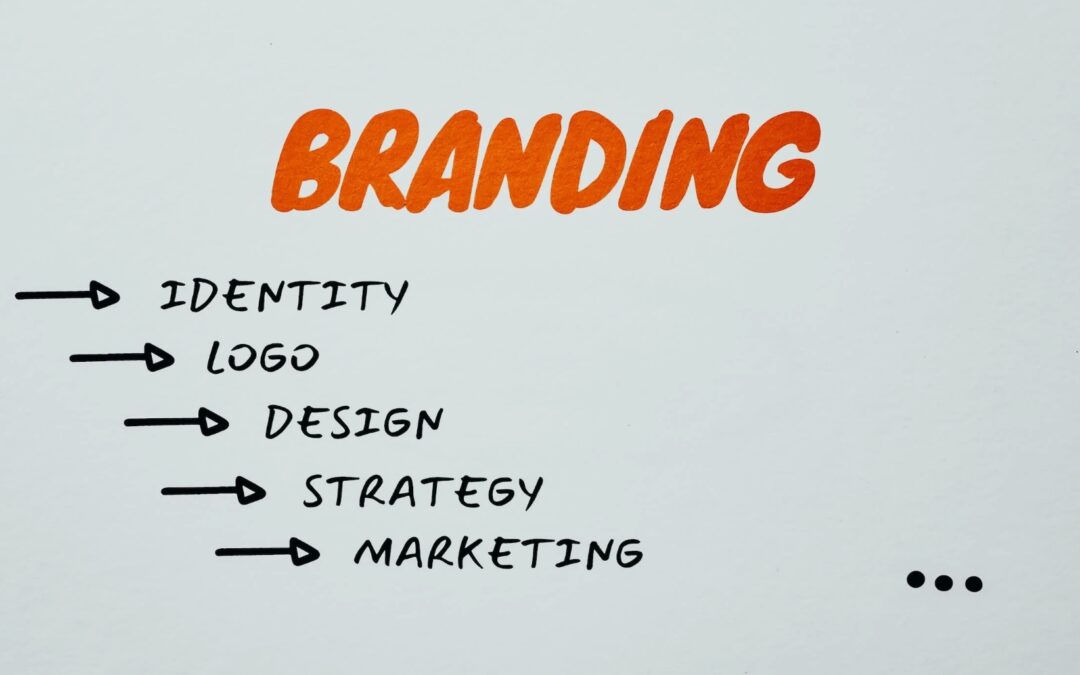Branding is a crucial aspect of any business or organization that wants to stand out from the competition and build a strong relationship with its target audience. However, branding is often misunderstood as just a logo or a visual identity, when in fact it is much more than that. In this blog, we will explore a new perspective on what branding really means and offer some advice on how to develop a strong and effective brand.
Part 1: Defining Branding
Branding can be defined as the process of creating and managing a distinctive and consistent image, reputation, and personality for a business or organization. Branding involves various elements, such as the visual identity, messaging, values, culture, and customer experience. A strong and effective brand should be recognizable, memorable, differentiated, and authentic, and should resonate with the target audience’s needs, preferences, and emotions.
Part 2: Going Beyond the Logo: The Elements of Branding
To develop a strong and effective brand, you need to go beyond the logo and focus on the other elements of branding that can help you create and communicate your brand’s unique identity, values, and personality. Here are some key elements of branding:
- Messaging: Messaging refers to the verbal or written communication that conveys your brand’s values, mission, and personality to your target audience. Your messaging should be clear, concise, consistent, and aligned with your brand’s visual identity and customer experience. Your messaging should also differentiate your brand from your competitors and resonate with your target audience’s needs and emotions.
- Values: Your brand’s values are the guiding principles and beliefs that define your brand’s purpose and direction. Your values should be authentic, meaningful, and aligned with your target audience’s values and expectations. Your values should also be reflected in your brand’s messaging, visual identity, and customer experience.
- Culture: Your brand’s culture refers to the shared values, beliefs, and behaviors of your organization that shape your brand’s identity and personality. Your brand’s culture should be aligned with your brand’s values and should be reflected in your internal operations, customer service, and employee engagement. A strong and positive brand culture can help you build a loyal and engaged customer base and attract and retain top talent.
- Customer Experience: Your brand’s customer experience refers to the interactions and touch-points that your target audience has with your brand, such as your website, social media, customer service, and products or services. Your customer experience should be consistent, seamless, and aligned with your brand’s values, messaging, and visual identity. A positive and memorable customer experience can help you build trust, loyalty, and advocacy among your target audience.
Part 3: Tips and Advice for Developing a Strong and Effective Brand
Developing a strong and effective brand requires a combination of creativity, research, and analysis. Here are some tips and advice for developing a strong and effective brand:
- Know Your Target Audience: To develop a brand that resonates with your target audience, you need to understand their needs, preferences, and emotions. Conduct market research, surveys, and focus groups to gather insights and data about your target audience’s demographics, psychographics, behaviors, and expectations.
- Differentiate Your Brand: To stand out from your competitors, you need to differentiate your brand by offering unique value propositions, messaging, and customer experience. Analyze your competitors’ branding and marketing strategies to identify the gaps and opportunities in your industry or niche that you can address with your brand.
- Be Authentic: A strong and effective brand should be authentic and true to your values, culture, and personality. Avoid over-promising or misleading your target audience and focus on building trust, credibility, and transparency.

